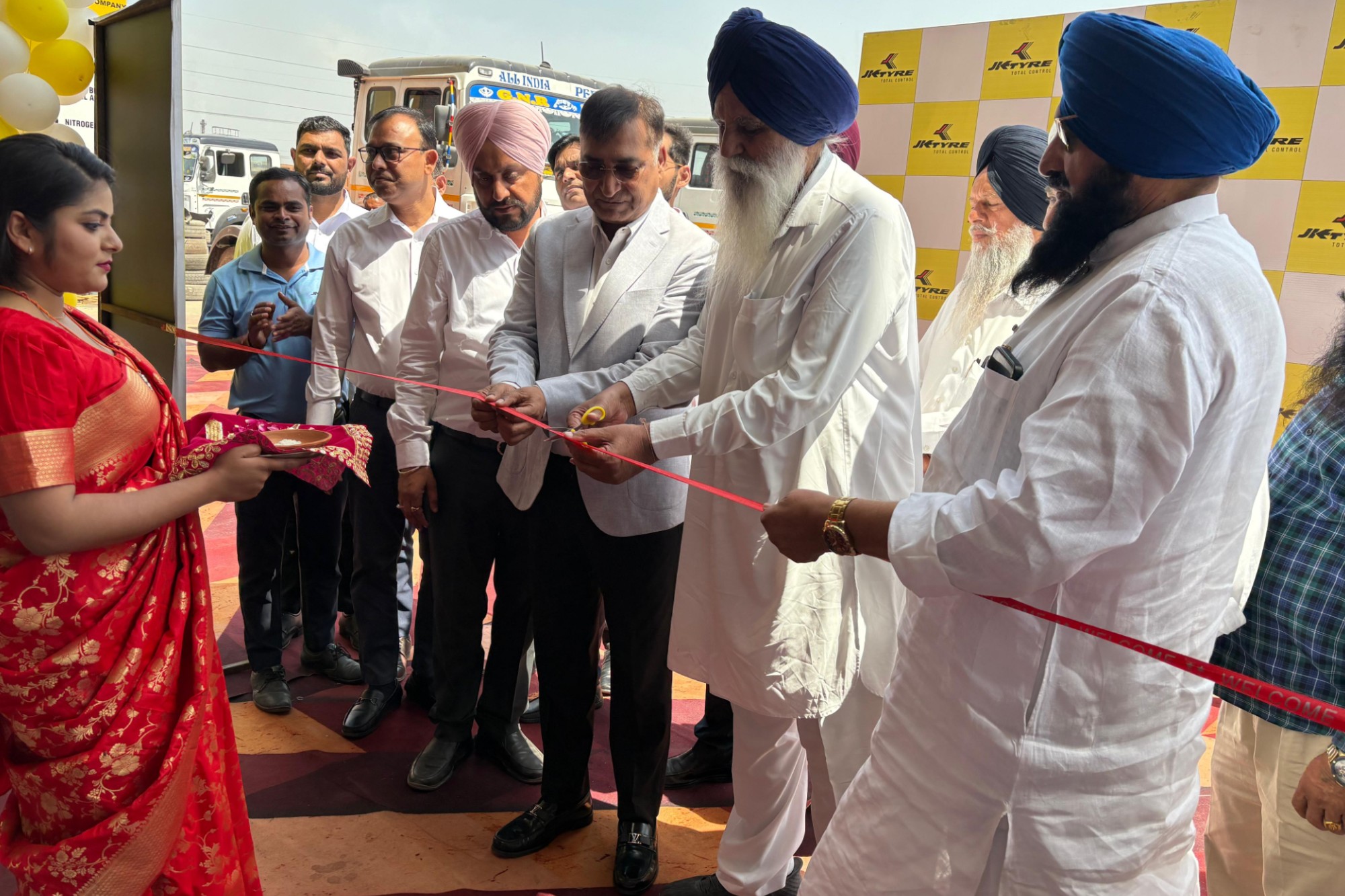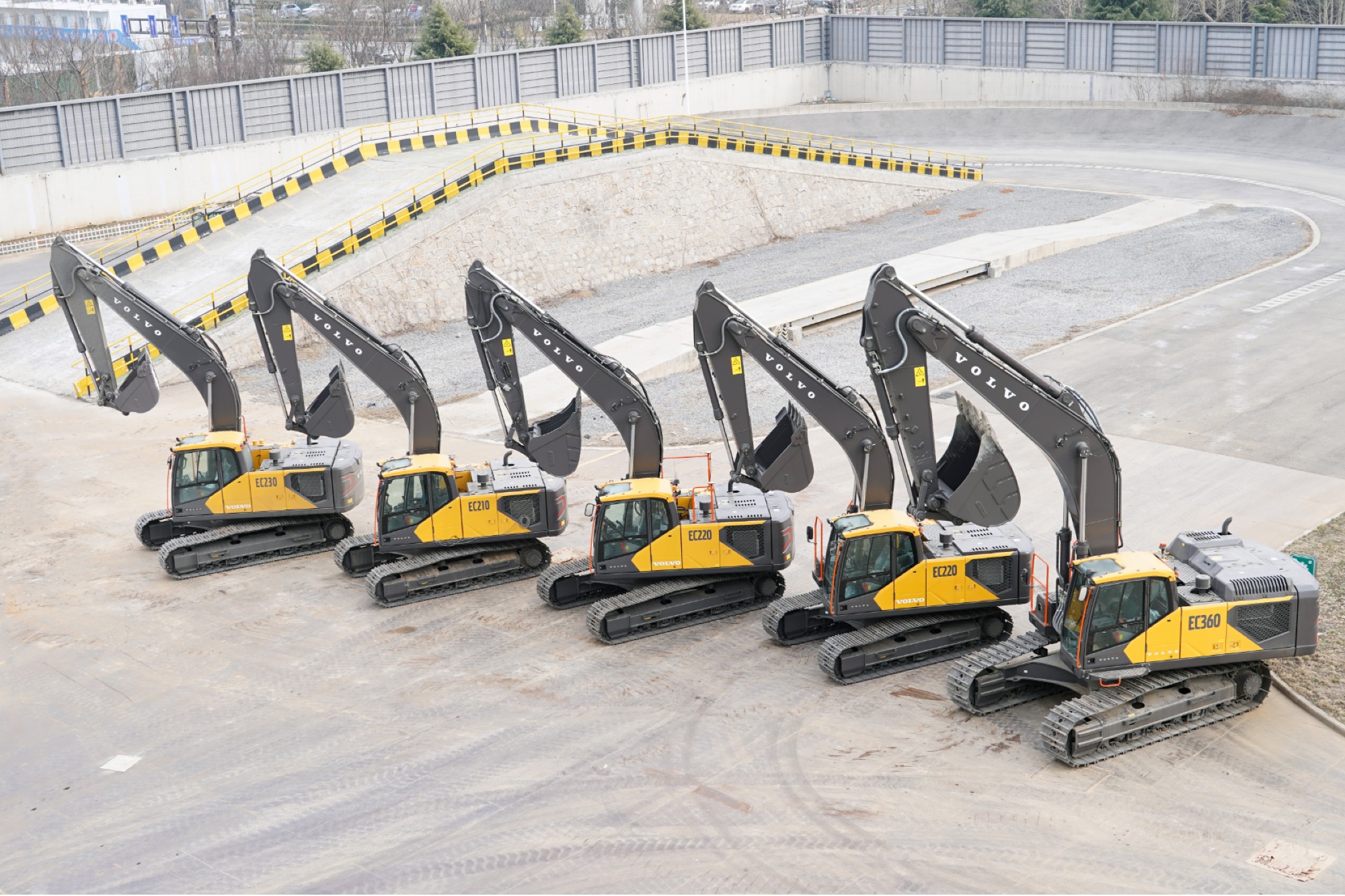India slowly moving to green equipment solution
By Edit Team | November 2, 2022 5:51 pm SHARE

Ongoing innovations to reduce carbon footprints in the construction infrastructure segment and other allied businesses, such as construction equipment, building materials, construction chemicals, scaffolding, and formworks, are advancing the search for affordable and sustainable construction practices. This is expected to usher in a new era in the Indian construction and infrastructure business.
Construction equipment [CE] OEMs in India are helping to reduce carbon emissions by adhering to the BS-IV requirements.
While it has increased customer costs, companies constantly do their best to absorb as much of the cost increase as feasible. While talking about coping with the challenges, Alok Jha, Director of Sales and Marketing, India and SAARC, CASE Construction Equipment, said, “The challenge now for CE OEMs is to move to BSV in the next two years by April 2024. Once the new regulations go into effect, construction equipment prices will decrease. When the BS policy was put into practice in 2021, the sector saw a decline in sales.” The construction equipment industry will benefit from implementing the new emission standards (CEV-Stage V/Trem) as it will open doors to more developed markets in Europe and North America for increased exports. It is essential, therefore, to swiftly transition to BS-V engines once they come into effect.
Technological Innovations
Despite the positive implications of the new emission regulations on the environment, there are many challenges for the engine and equipment OEMs to face in terms of cost, technology adoption, and availability of fuel matching the requirements.
The new technologies and components added to the engine system to meet the upcoming emission regulations will raise input costs, forcing OEMs to raise product prices. This may be a burden on the customers as an initial cost. But in the long term, it will benefit the customers in many ways.
Speaking of technological innovations, Tariq Salman, Segment Manager – Surface Excavation Machine, Vermeer Equipment., “The major challenge is the technology itself to meet these regulations. Vermeer has already proven successful in Tier 4f technology. Hence, the first challenge of product and technology is already addressed by Vermeer. The next challenge lies with service engineers in the early stages of the learning curve with electronic engines and after-treatment systems.”
They need to develop competence in this area. The availability of fuel matching the requirements of Tier 4F engines has been a limitation in India. Finally, the more significant challenge lies with the end customer handling and maintaining these machines in the field. Switching to electric units in mining is the latest trend, and the industry sees enormous potential for using electric engines in various mining equipment.
Trends
Over the last three decades, the need for energy efficiency, higher productivity, easy mobility, and flexibility has been the focus of meeting growing customer needs. “Increasing urbanisation, high-rise residential and commercial buildings, modern industrial infrastructure, and nationwide rural development programs have resulted in stiff competition among the players to offer value to the customer through innovative products and solutions,” stated Deepak Vadehra, Regional Head, West and Central India, Ajax Engineering Pvt. Ltd.
Shifting Procurement Patterns
Nowadays, customers look for new machines with the latest features that enhance safety, convenience, and environmental friendliness. Vijay Kumar Singh, Business Head, Aerial Works Platform, Gemini Power Hydraulics Pvt. Ltd., says, “Product support is another critical factor that is getting due consideration in procurement and, therefore, customers look for life cycle costing instead of just the initial price. Established brands get wider acceptance than “me too” products.”
Surat Mehta, Head of SDLG Business, India, says, “We are noticing a significant shift in the procurement pattern for equipment solutions. Now customers are looking way beyond equipment purchases for total solutions such as productivity services, consultancy services, fuel efficiency services, raining services, and more. They are looking at comprehensive packages that will increase he overall efficiency of their operations and create more value for their businesses.”
Recycling and buyback
Equipment as a service has moved from an alternative to an imperative in the construction and mining equipment industry. Customers now have flexible financing/loan options and tax-efficient lease/buyback plans to source equipment bundled with special offers of spares, service, and maintenance contracts.
Emphasising the importance of flexible finance for equipment recycling and buyback, Dimitrov Krishnan, Managing Director, Volvo CE India., says, “Volvo CE India is introducing Equipment-as-a-Service across the length and breadth of the country.” This will benefit thousands of customers, particularly sub-contractors, who may not have the resources but need a brand like Volvo to bid on and win projects in their region.
Government Initiative
Such a vast fund allocation to the infrastructure sector will push the industry’s growth. This investment in various infrastructure projects will help the government move forward with making in India/AtmaNirbhar BHARAT as the advanced logistics infrastructure will leverage the development of industrial corridors across the highway. While focusing on changing market dynamics and regulations, the tyre industry continually embraces policies for running the business responsibly. Furthermore, the industry is working towards avenues to ensure “sustainability” permeates
throughout all aspects of the business, from production to final product shipment.
Rajiv Poddar, Joint Managing Director, Balkrishna Industries Ltd., “At BKT, we have worked assiduously to ensure a downward trend in our waste by reusing and recycling the waste products in our plants. We have implemented a disciplined waste management system, which includes recycling and reuse. This helps us maintain a systematic collection of scrap and safe waste storage, disposal, and reuse. Additionally, we ensure that all the waste, be it in-process or non-processable (i.e., finished goods), is recycled through our resellers.”
Reducing and managing waste
According to SCHWING Stetter India, the company has always had a strict policy regarding the three Rs (Reduce, Reuse, and Recycle). A dedicated wastewater treatment plant has been integrated into our manufacturing facilities to reuse the wastewater for garden irrigation. We also ensure that a green belt is maintained around all our facilities. We use only reusable materials for packaging and recommend specific instructions to our customers for handling the waste generated by our machines.
The industry should reduce total wastage by eliminating one-time plastic accessories in all facilities and using transparent roof sheets to minimise the use of lights during the daytime. Furthermore, the industry is making significant progress in innovating to lower carbon footprints in the construction infrastructure segment and other associated companies such as construction equipment, building materials, construction chemicals, scaffolding, and formworks. Due to these increased efforts, the Indian building and infrastructure sector is progressing in the quest for inexpensive and sustainable construction processes. This will herald a new era in the Indian building and infrastructure industries.
Cookie Consent
We use cookies to personalize your experience. By continuing to visit this website you agree to our Terms & Conditions, Privacy Policy and Cookie Policy.























































